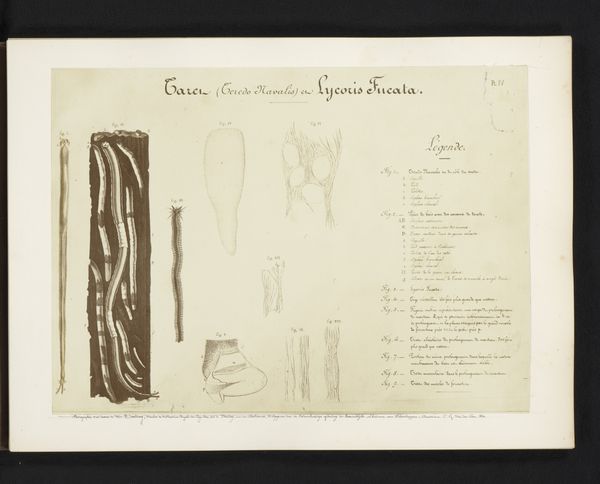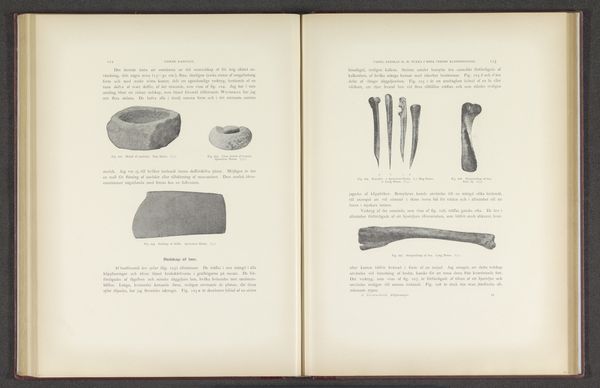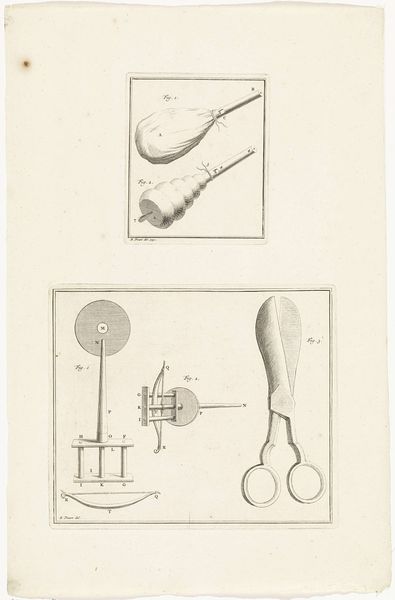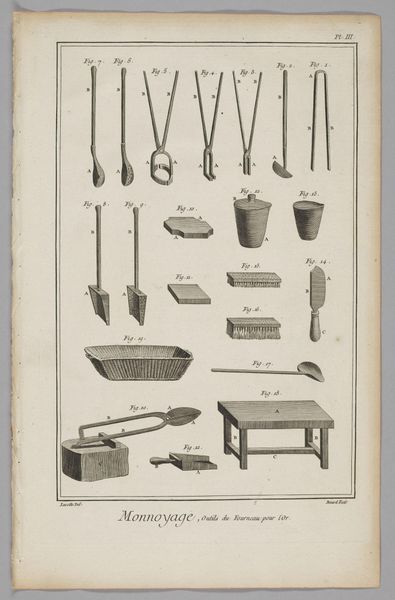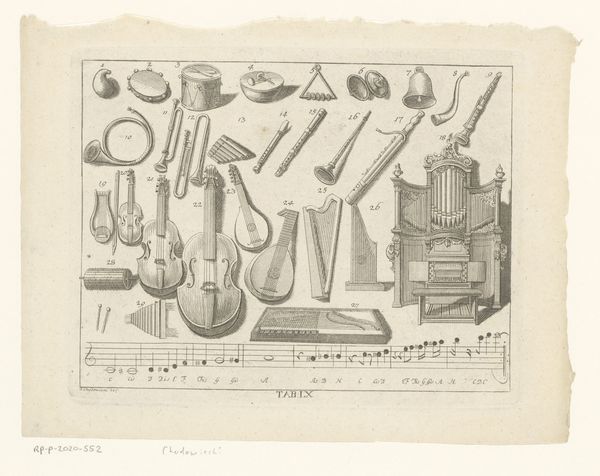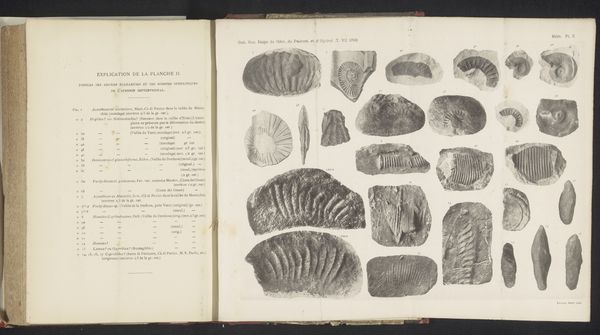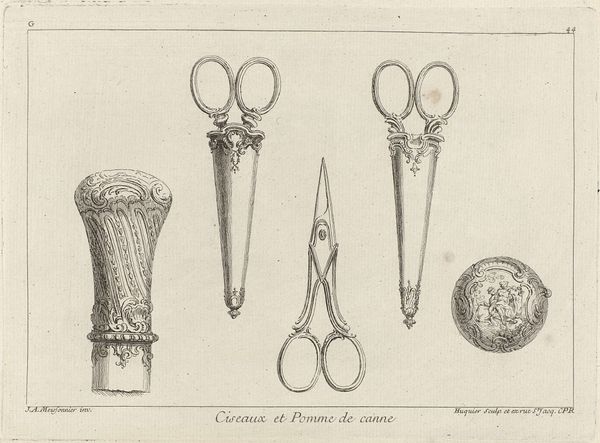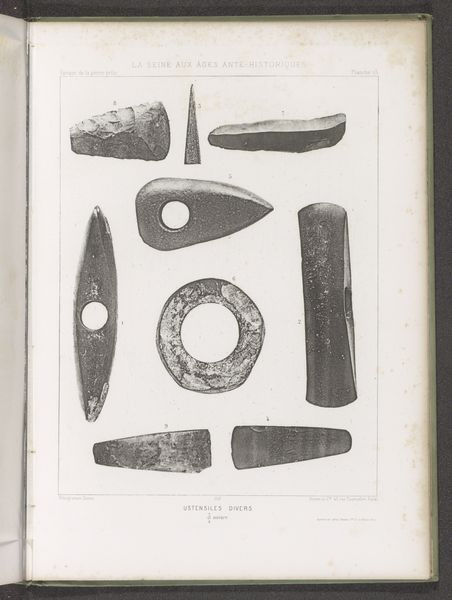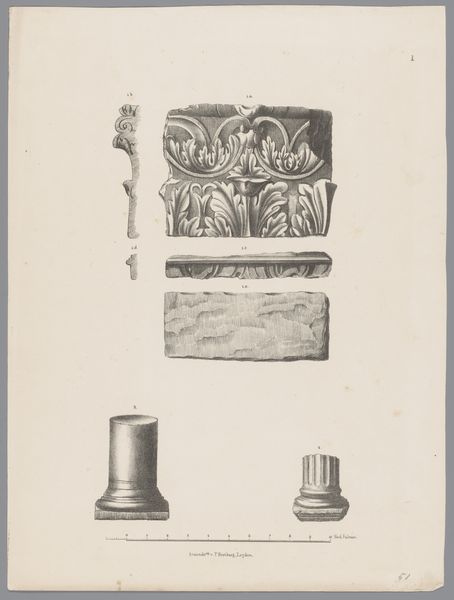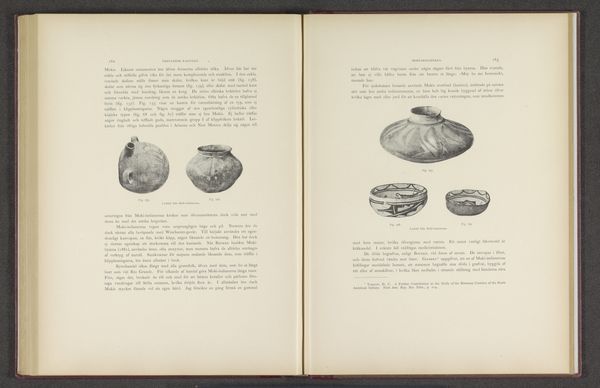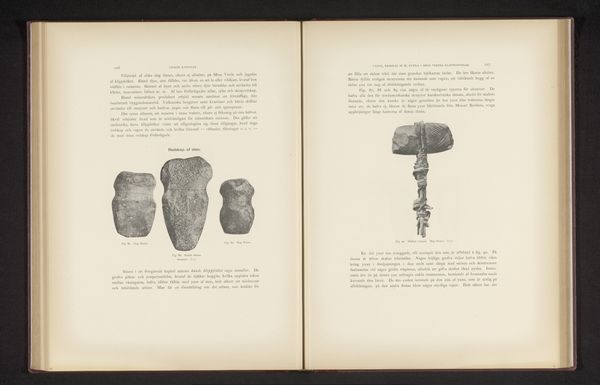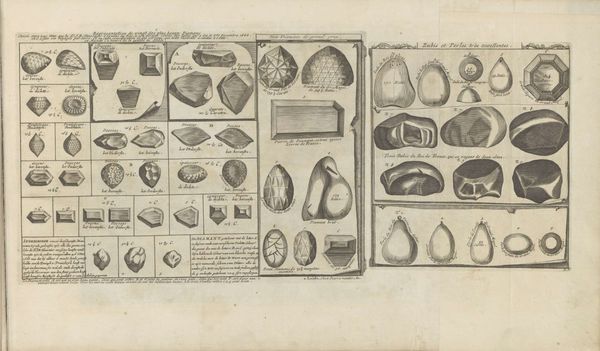
Fotoreproductie van tekeningen van de wormen Teredo Navalis en Lycoris Fucata door Pieter Harting before 1867
0:00
0:00
drawing, print
#
drawing
# print
#
academic-art
Dimensions: height 332 mm, width 441 mm
Copyright: Rijks Museum: Open Domain
Curator: The precision is really striking. Editor: Indeed. What immediately catches my eye is the fastidious nature of the hatching, rendered in brown ink. We’re looking at Pieter Harting's "Fotoreproductie van tekeningen van de wormen Teredo Navalis en Lycoris Fucata", a drawing and print, predating 1867. Its composition divides between zoological study and the precision of engraving. Curator: For me, the most interesting element is how Harting marries empirical observation with almost abstract representations. The various sections remind me of technical diagrams, almost deconstructed biological forms examined through an analytical lens. The visual language reflects Enlightenment ideals about knowledge production. Editor: Absolutely, and the "how" is critical. Look at the legend scrawled alongside the studies, mapping labels of text to the anatomical structures illustrated with the eye. It highlights the crucial interplay between observing, recording, and disseminating this visual and scientific knowledge. The material evidence of labor involved in this act. Curator: There's an attempt to objectively catalogue life, presented within these careful arrangements of forms and textual annotations. Editor: Though "objective" is itself interesting given what we're studying and the era we're considering. It speaks to an industrial need to categorize nature through detailed graphic documentation and, more specifically, an urgent need for precise visual representation of rapidly reproducing, wood-boring sea worms as potential destroyers of infrastructure! Curator: So its impact on engineering. Harting certainly delivers that detailed clarity within a classical visual rhetoric of natural science. Editor: It does present a fascinating crossroads, with Harting's artwork serving practical economic needs as a vessel for detailed natural observation. I appreciate having a moment to consider the implications. Curator: It pushes the boundary between science and art to its limit. Thank you for this view.
Comments
No comments
Be the first to comment and join the conversation on the ultimate creative platform.
